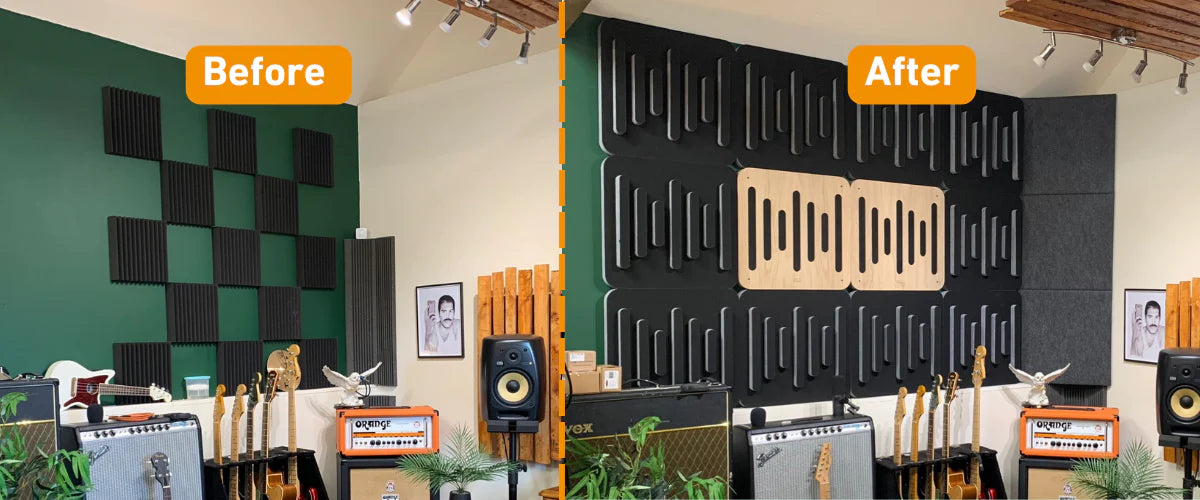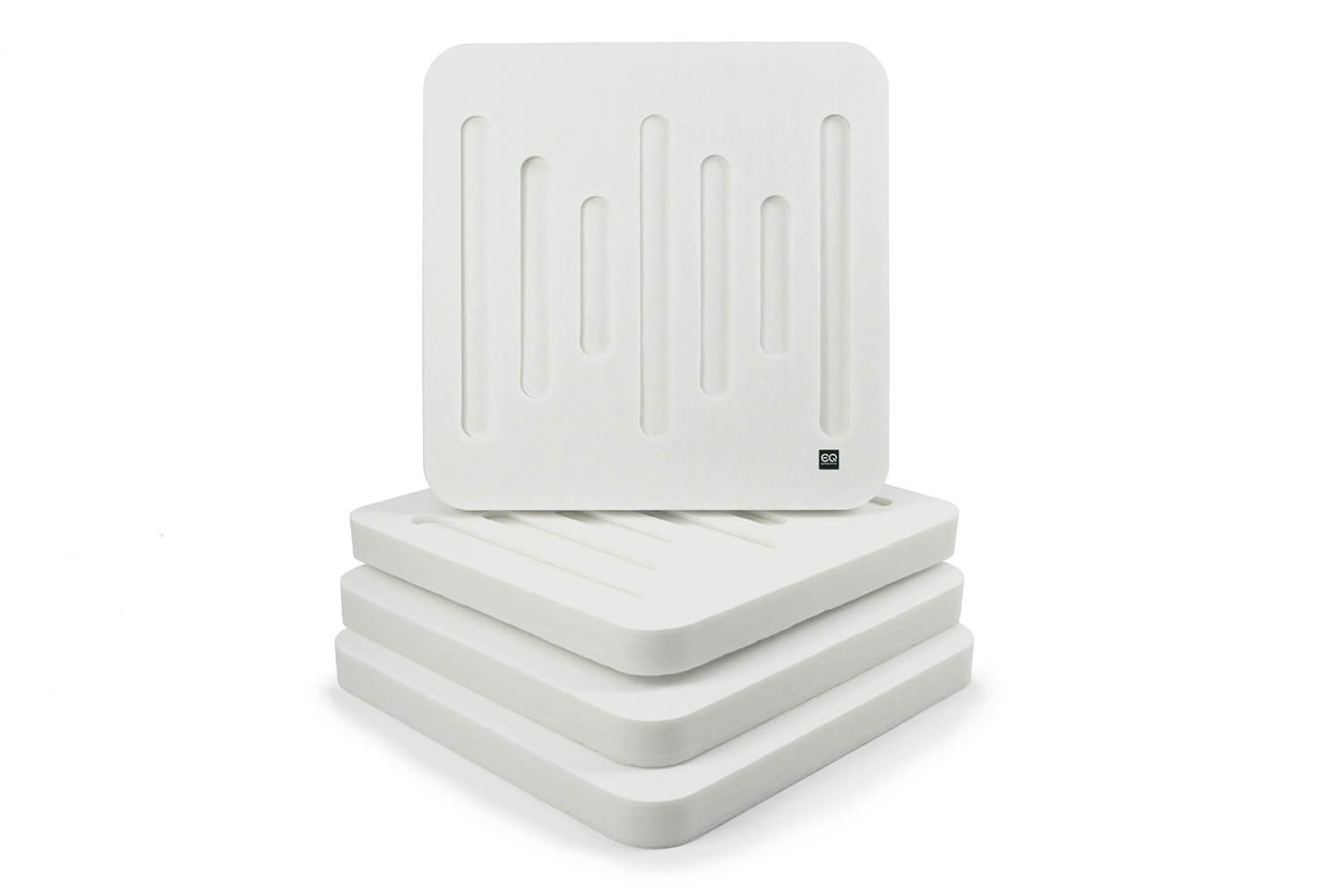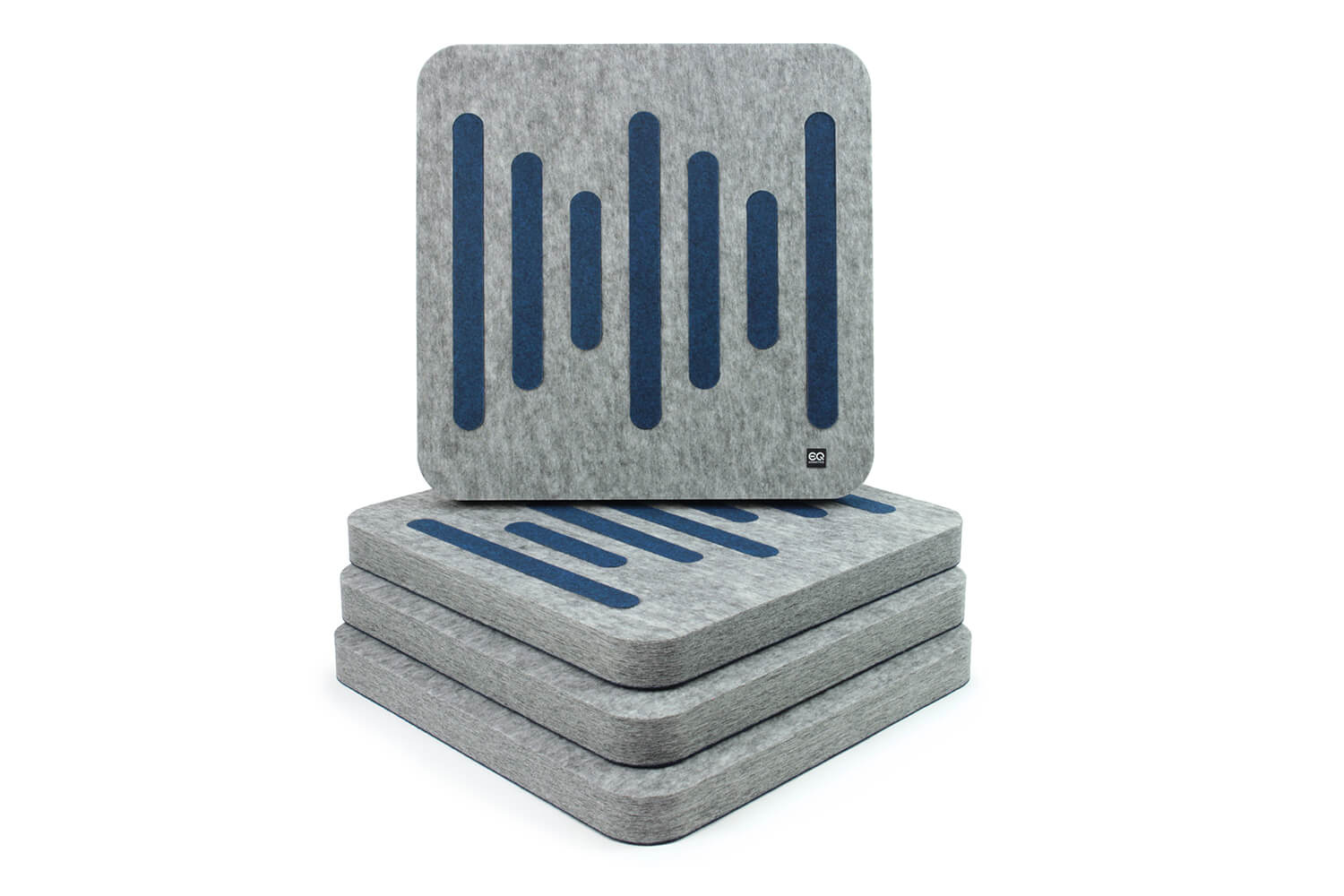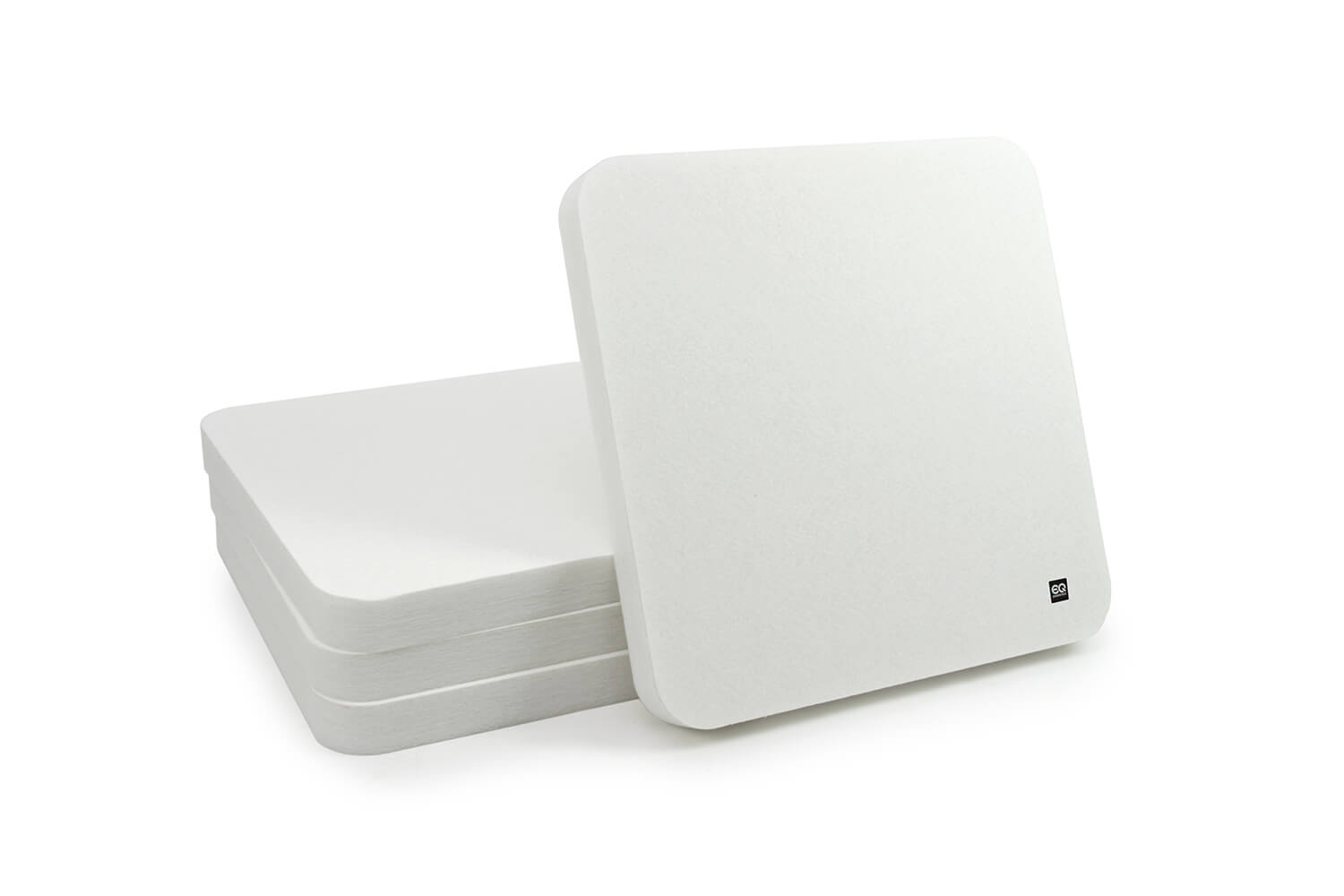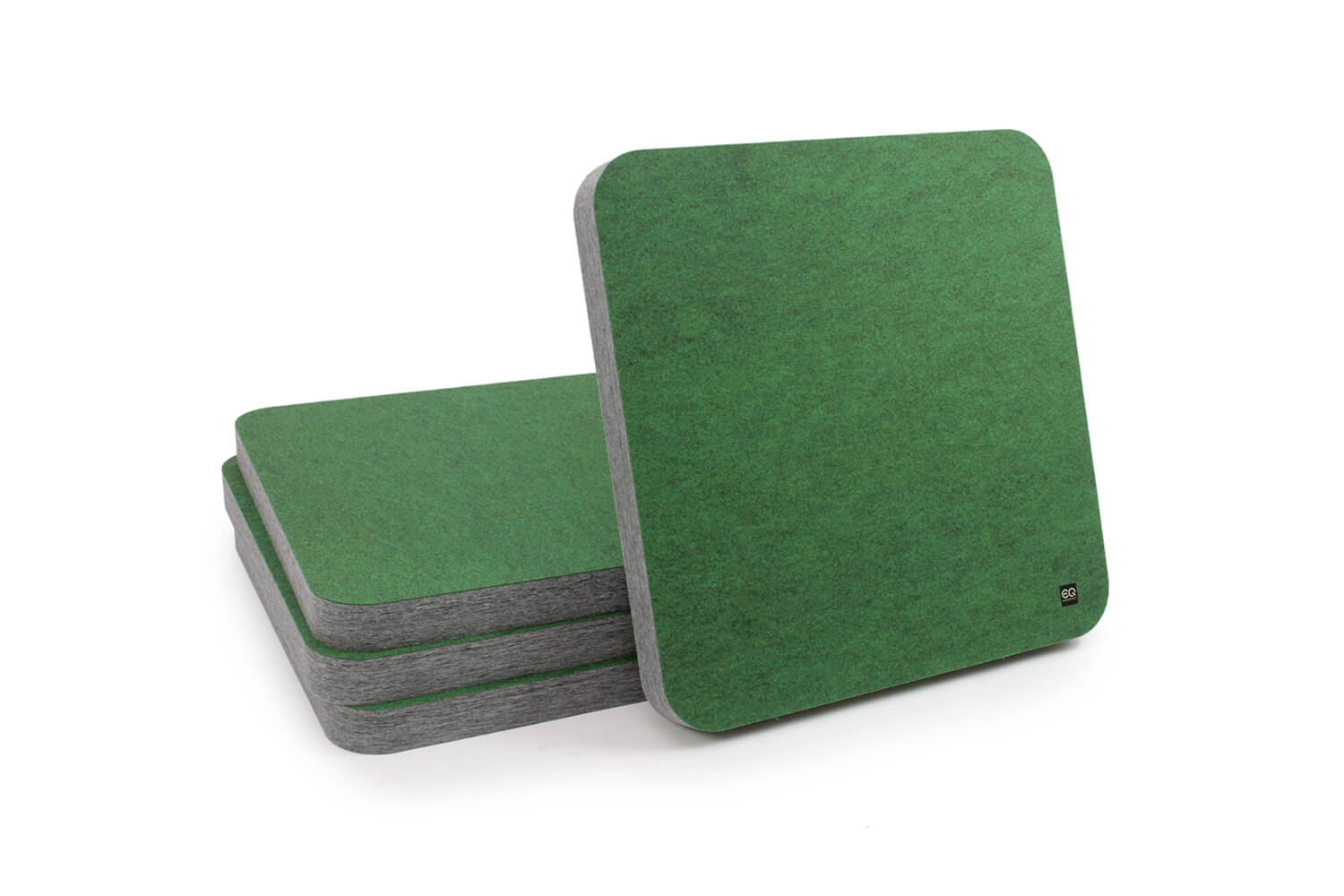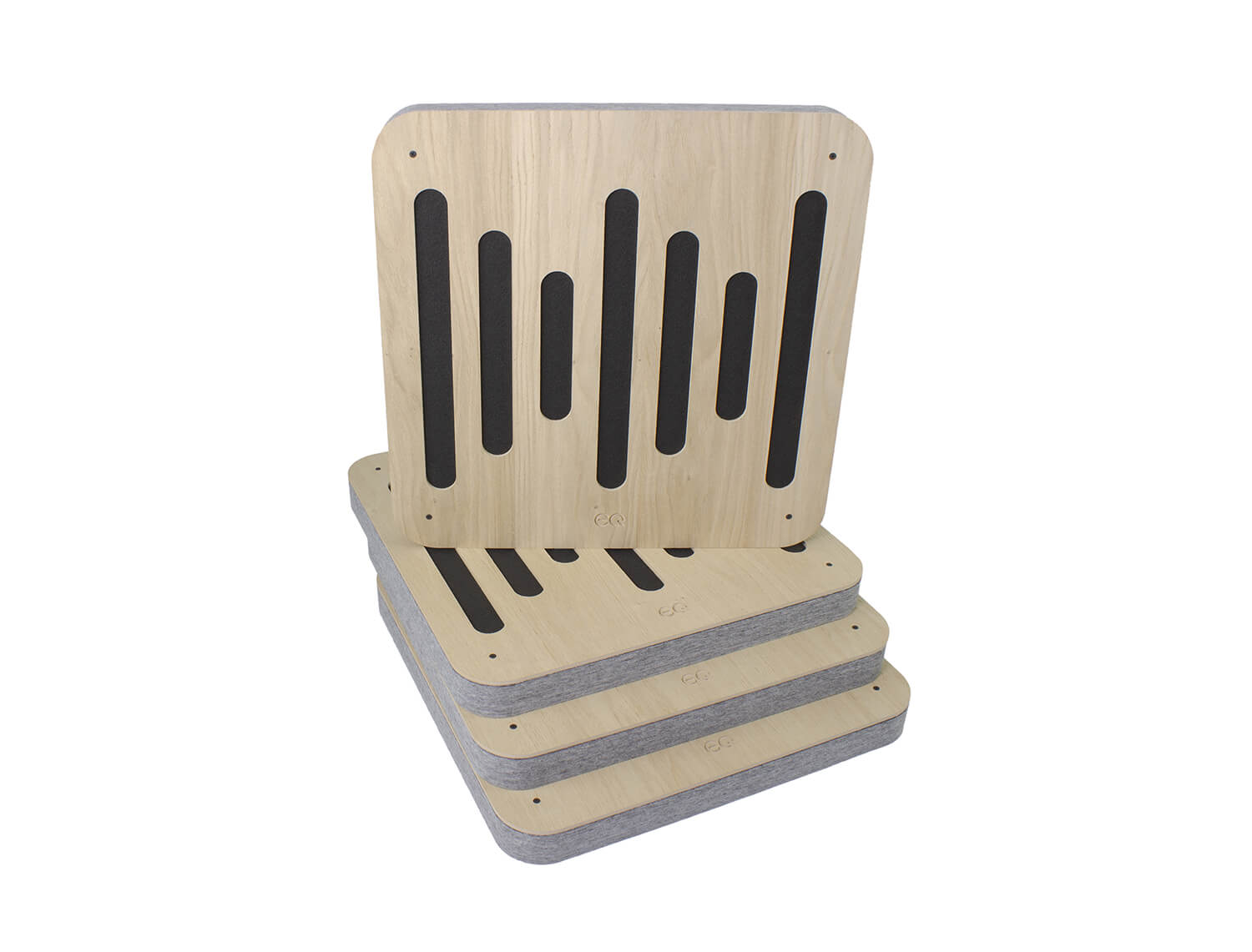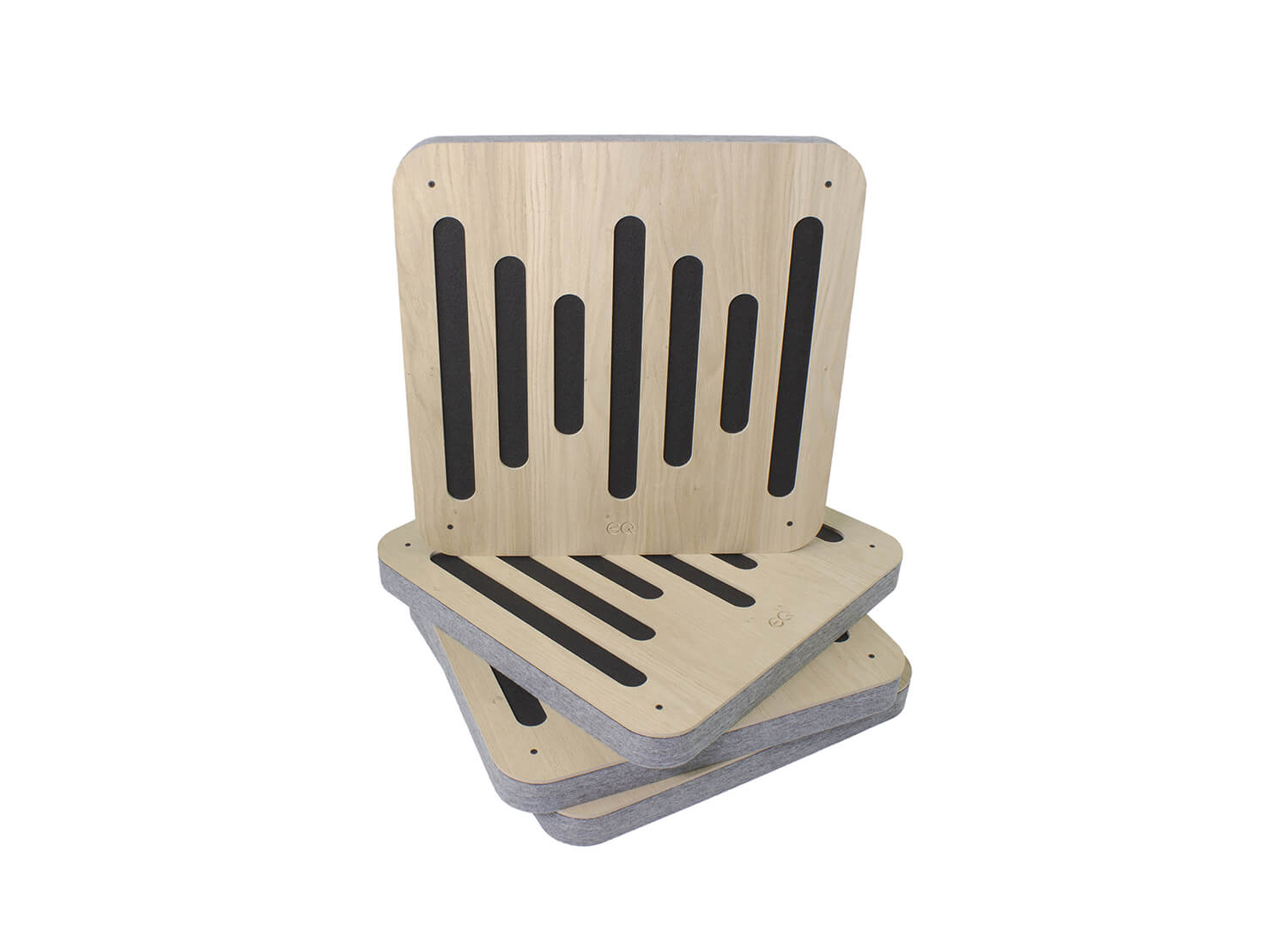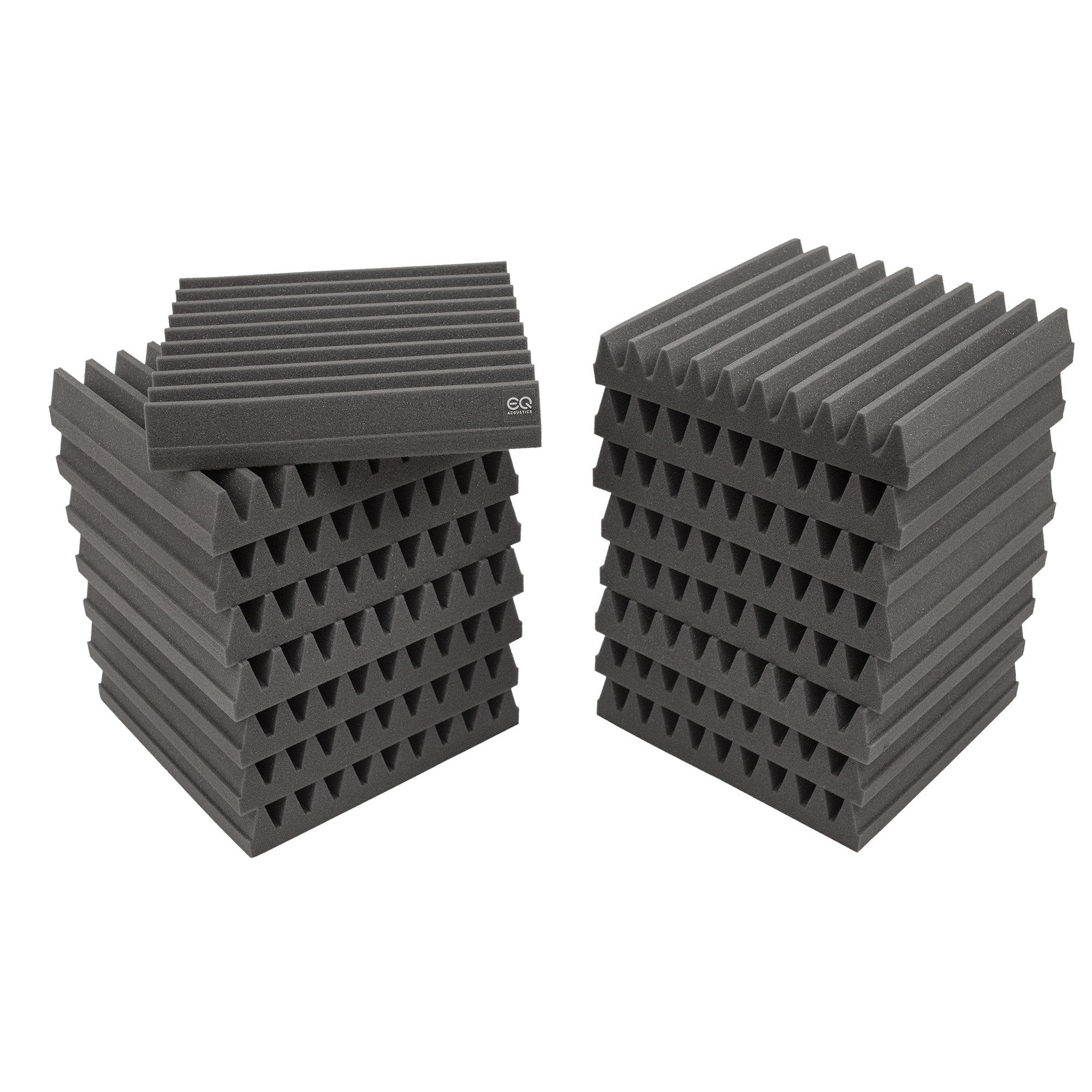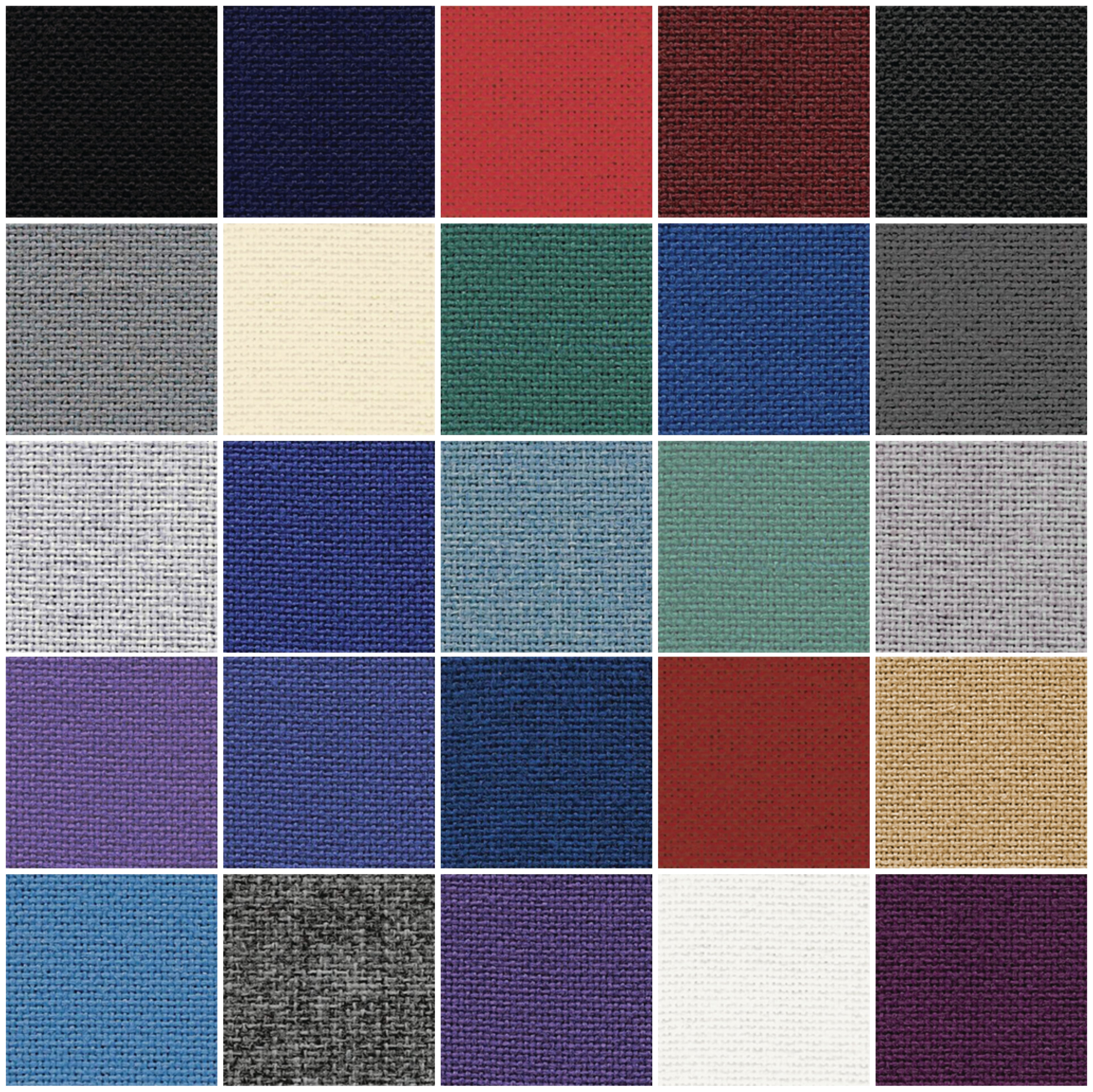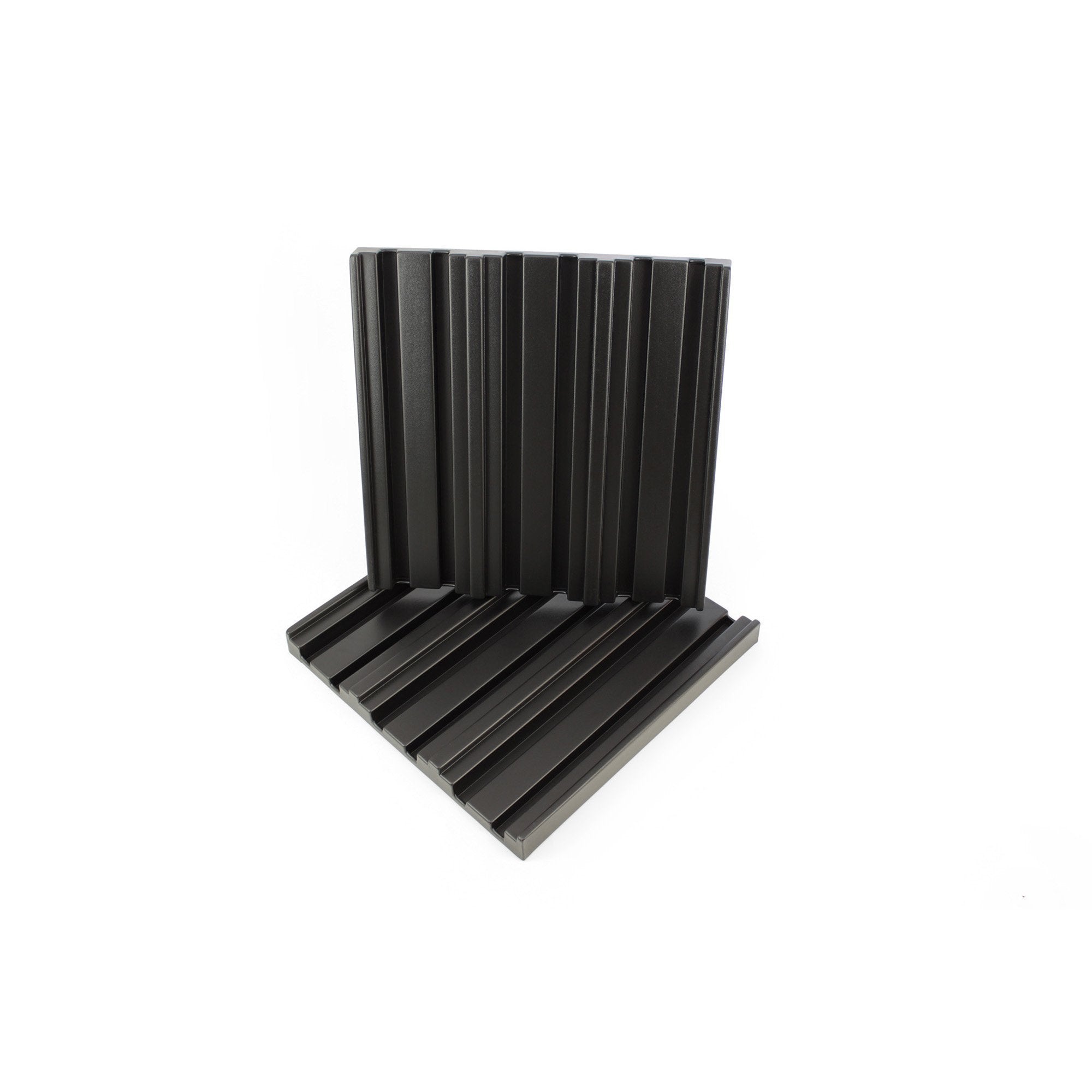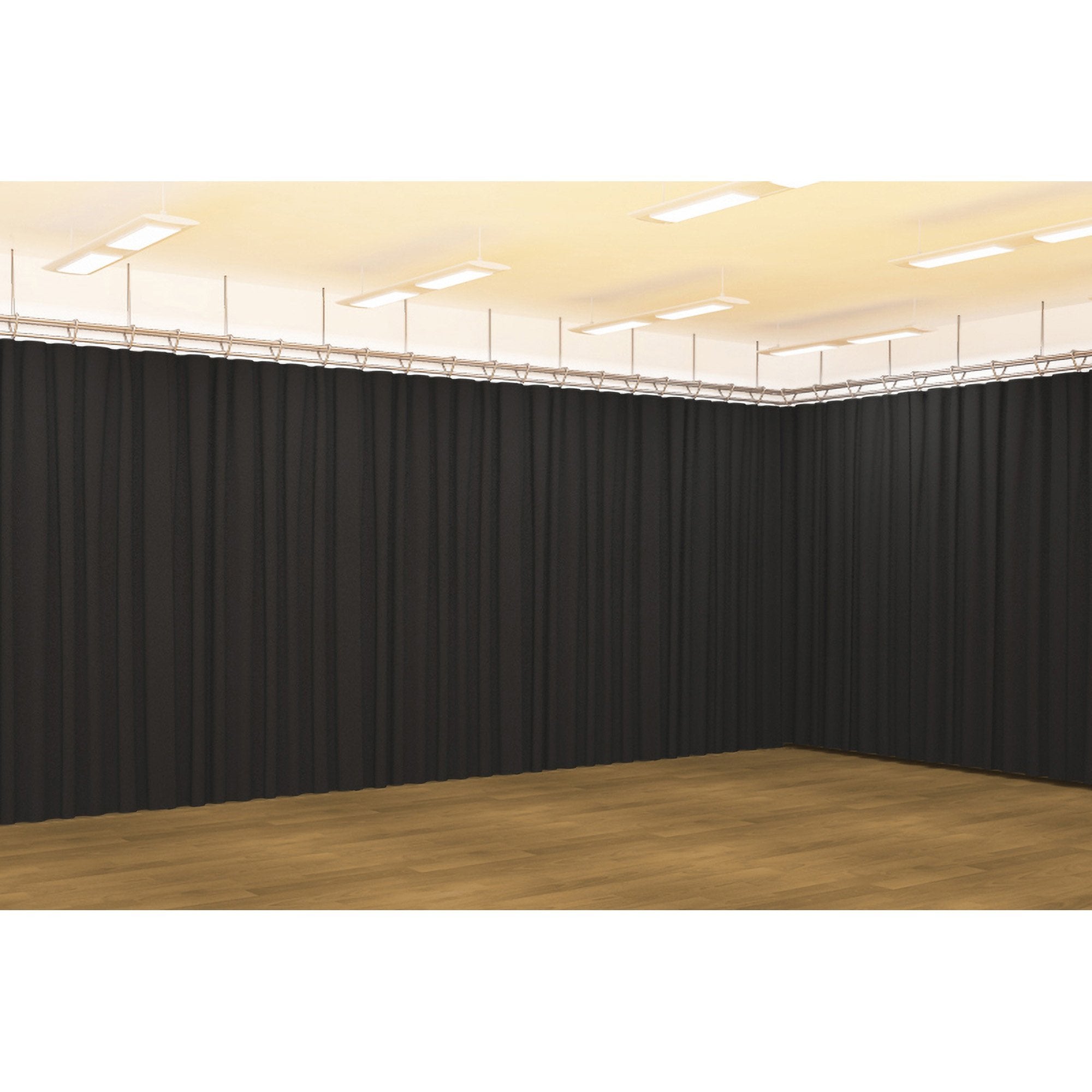Acoustic treatment involves adding sound-absorbing, and sometimes diffusing, materials to a room to improve the overall acoustic environment. Well-treated rooms have clear, balanced sound that enhances the listening experience and audio quality.
Considering acoustic treatment is essential for any space used for critical listening like music production, podcasting, or home theatres. But what factors determine the cost of outfitting a room with acoustic panels and bass traps? Let's take a look at the key considerations.
The Importance of Acoustic Panels
Acoustic panels, also known as acoustic foam or sound absorption panels, are a necessity for rooms used for music production, podcast recording, video production, and home theatres. The porous surface of acoustic panels absorbs excess reverberation and reflections, preventing a boomy or echoey sound. This allows you to accurately hear the details of a mix or clearly capture speech.
Bass traps address low frequency resonances that can cause muddy or booming bass. Strategically placed acoustic treatment minimises distortion and provides a neutral listening environment.
Basic Components of Acoustic Treatment
There are three main types of acoustic treatment - bass traps, diffusers, and absorbers. Bass traps are generally placed in room corners to absorb low frequencies. This reduces boominess and muddy bass.
Diffusers break up focused reflections using uneven surfaces. They scatter sound to prevent flutter echoes and harsh resonances. Absorbers are panels placed at reflection points to absorb mid and high frequencies. Different materials have different acoustic properties, so choosing the right combination is key.
Acoustic Treatment Costs:

Material Costs of Acoustic Treatment
The cost of acoustic materials has a major impact on your budget for acoustic treatment. Budget foam panels from £15-30 can help but offer no bass absorption. Mid-range solutions from £50-100 like PET fibre or mineral wool panels offer better performance. Premium acoustic panels with deluxe fabrics or custom prints range from £100-200+ per unit.
Bass traps and diffusers also vary in price from £40 in materials for DIY wood to £500+ for high-end pre-fabricated solutions. Generally, investing more means better sound absorption across the frequency spectrum and certainly better aesthetics in your room. But even budget options can improve room acoustics if strategically placed.
Size of the Room
The size and shape of the room significantly impacts the cost of materials and complexity of acoustic treatment. Small rooms like home studios may only require corner bass traps and some 50mm and 100mm panels for £500-£1000. For medium sized rooms like podcast studios or video production spaces, the budget may be a little more but bass traps may not be as important for speech recording as they are for music studios. Budget £1000-£1500 depending on the size of the space and the required quality of finish.
Large commercial recording studios often need major build-outs with bass traps, diffusers, and absorbers on multiple walls, with costs running to many thousands. It also makes sense to engage an acoustician so expect some testing and design costs as well.
DIY vs Professional Installation
Fabricating acoustic treatments yourself using DIY plans can save on labour costs, with basic materials like mineral fibre, timber and acoustic fabric costing £500 - £2000 depending on the size of room. However, the investment of tools, supplies, and your time must be accounted for.
Hiring an acoustic contractor generally starts around £2000 - £4000 for small rooms, ranging up to £15,000+ for larger commercial installations. While pricier, professionals have the expertise to identify issues and optimise placement based on measurements. For complex rooms, the premium for proper installation may be worth it.
Labour Costs
For professional installation, labour costs are a major portion of the total price. Basic installation of pre-made panels in a small room can be a few hundred pounds. Extensive build-outs with custom bass traps and tuned diffusers in larger spaces can involve multiple days of work, with labour ranging from £2000 - £5000+.
Maintenance Costs
Once installed, acoustic treatment requires minimal maintenance. With quality materials, such as PET fibre, acoustic panels and bass traps should last for many years. Acoustic foam should be avoided for this reason as it may be prone to oxidation.
Replacing fabrics over time for aesthetics may be desirable if necessary. For studios with high usage, inspecting mounting hardware and adhesives yearly can catch any issues. Overall maintenance costs are low if the initial installation is done properly.
Cost Saving Tips
Here are some tips to save money on your acoustic treatment project: Prioritise bass trapping first, as low frequency control makes the biggest impact. Then focus on the primary reflection points and cover these with acoustic panels. Purchase direct from an acoustic treatment manufacturer to get the best price, and ask for a discount if buying a reasonable quantity.
If you’re taking a DIY approach, try to source your insulation and timber locally to save on shipping. Use DIY plans for bass traps and panels. Don’t skimp on the fabric – it should be acoustically transparent and fire-safe. Always invest in the proper safety gear for working with rock and glass fibre insulation.
Conclusión
In summary, outfitting a room with acoustic treatment can range in cost from a few hundred pounds for DIY panels in small spaces, up to tens of thousands for extensive professional studio build-outs. Key factors include the room size, choice of materials, DIY versus professional installation, and whether a designer / acoustician is hired to provide a specification.
While not the cheapest purchase, the benefits of balanced, clear sound in your space make acoustic treatment a worth investment. Careful planning and strategic placement go a long way in stretching your budget. For most home or small business studios, substantial improvements are possible with a modest £1000 - £2000 budget if you focus on the most vital elements.
Case Study: Project Recording Studio
Dan wanted to upgrade his existing foam treatment to something more effective and professional looking. Using EQ Acoustics R5 3D Wave acoustic panels and S10C corner bass traps, he was able to transform his space for under £1400.
By choosing an easy to install and lightweight product, Dan was able to install the treatment himself in a morning, achieving a great result which fulfilled his needs as a project studio owner and musician.
FAQ
How to choose the right acoustic treatment for your room?
Consider room size, shape, and intended use. Prioritise bass trapping in corners first, then absorption at reflection points. Diffusion can supplement if budget allows and the room is large enough to justify diffusion. Ask an acoustic treatment manufacturer for help choosing the right treatments for your space.
Is professional installation worth the cost?
For small spaces a DIY approach can work well if you are a reasonably practical person. But for larger, complex rooms hire a contractor. Their expertise in taking measurements, identifying issues, and optimising placement is hard to beat.
How often do acoustic panels need to be replaced?
With quality materials, such as PET fibre, acoustic treatment can last many years. Budget foam may need replacement after 1-3 years. Inspect other panels periodically and keep them clean so they last.
Are there alternatives to traditional acoustic panels?
Yes - DIY options exist using mineral wool, or dense glass fibre insulation. Layering curtains or tapestries can also add some absorption. Limitations exist for lower frequencies though.
How to maintain acoustic panels?
Vacuum fabric surfaces periodically to remove dust. Wipe down any solid surfaces with a damp cloth. Check mounting hardware each year. Seek a contractor if any panels become damaged or loose.
What are some common mistakes installing panels?
Lack of bass trapping in the corners. Lack of absorption at the primary reflection points (research the ‘mirror trick’ to avoid this). Insufficient quantity of treatment in the room. Misuse of diffusers versus absorbers.

